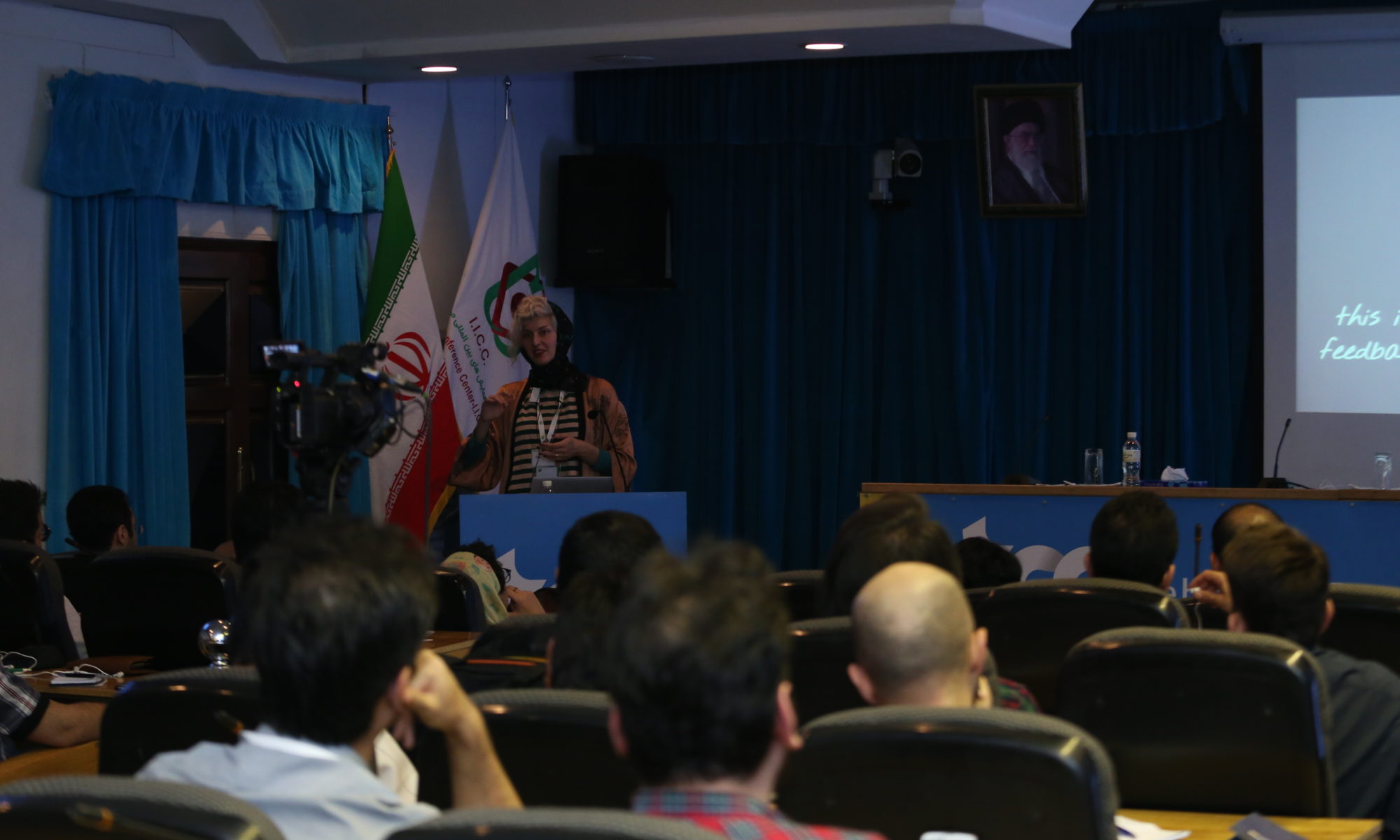Short Description
“Videogames are supposed to be fun”, but really, are they? As a whole new medium, games can and should provoke all rage of human emotions and reactions and question the boundaries of its language in every opportunity. Yet, videogames started as fun experiences and it is hard to break through this stigma. All theories researching the players’ engagement focus on fun or other positive emotions, which motivate the player to go on. Theory of fun, from Koster, or even the Nick Yee’s Motivation of Play are based on the positive feedback players encounter in games. But human psyche is much more than a bunch and happy experiences, how about sadness, guilt, apathy, grief, sorrow, regret or angst? Do they have a place in videogames?
Long Description
Some games have already portraited negative feelings in compelling ways. Spec Ops or Braid use conventional positive gameplay mechanics to present a deception in the end that corrupts all the happiness from the beginning. But these games present negative feelings towards the end while relying on established positive reinforcing game mechanics.
Interweaving negative emotions in the core loop itself is the biggest challenge here. Papers Please and This War of Mine do this seamlessly. By analyzing their core loop, we can see positive reinforcement is used together with negative context or consequences in various levels of frequency. For instance, in Papers Please, the player has to decide the fate of many applicants in every game-day. This involves mixed feelings because while the mechanic is compelling and interesting, the context of each applicant’s narrative and hopes weights in the player decision. Also, at the end of every game-day, the player is faced with the impact of her choices both in his family (“score” screen) and country (newspaper and warnings from her bosses) contexts. A very complex gameplay emerges from a simple mechanic interweaved with very negative context and difficult moral choices.
This shows us that while some current videogames do portrait negative feelings, it feels like it is impossible to run away completely from positive reinforcement. Abstraction can be used as a way to shield the player, at least in the beginning, of the impact of her choices. Also, conventional and simple game mechanics can be used as a way to guide the player to a big context of deception in the end (as Spec Ops and Braid). But sometimes, the negative feelings can be in the mechanic itself, such as the loss aversion mechanic in This War of Mine that constantly reminds the player of the scarcity and seriousness of the characters’ situation. Conditioning, flawed rewards, and random outcomes also can be used in a way that influences the player to expect certain results, just to crush this expectation afterward. I intended to explain in fullness each one of these techniques.
So, as game designers aiming to add emotional complexity in our mechanics, maybe the best approach is to aim for a bittersweet design: difficult context intercalated with positive hooks. The balance between reward and punishment is a constant in game design so how is this different from game design 101? Well, in most games loss and punishment is something to be avoided and contexted as an unwilling result. In games that willfully aim to evoke negative feelings, the loss is not a setback in the journey; it is an irrevocable part of it. The loss becomes a guest and functioning part of the design and game objectives. It must be absolutely impossible to play without losing something and, therefore, being invited to feel something.

